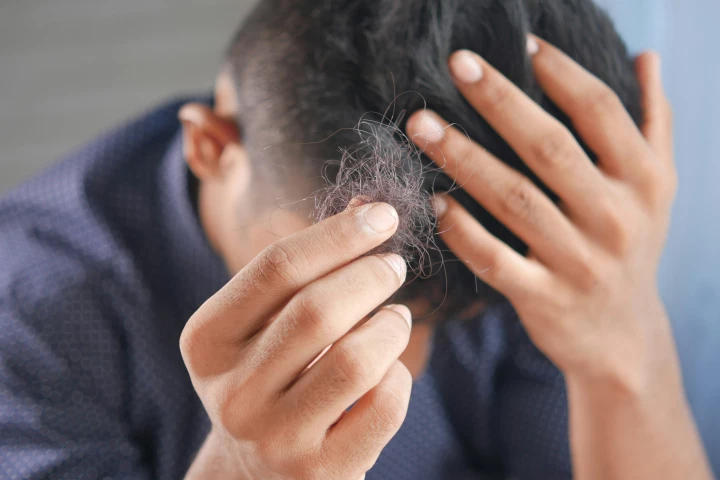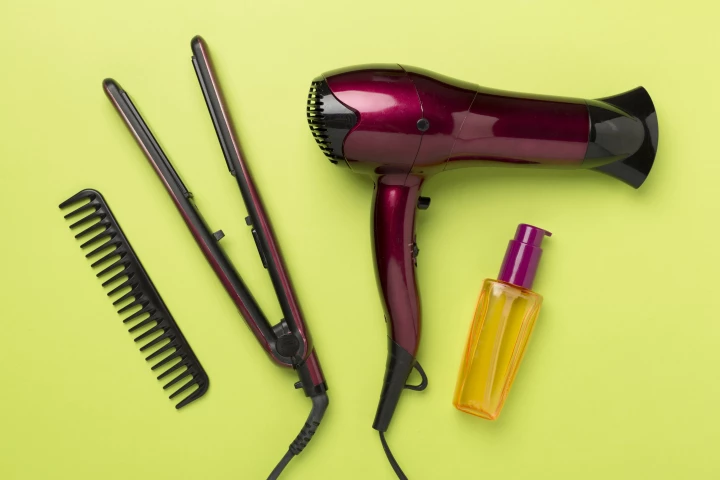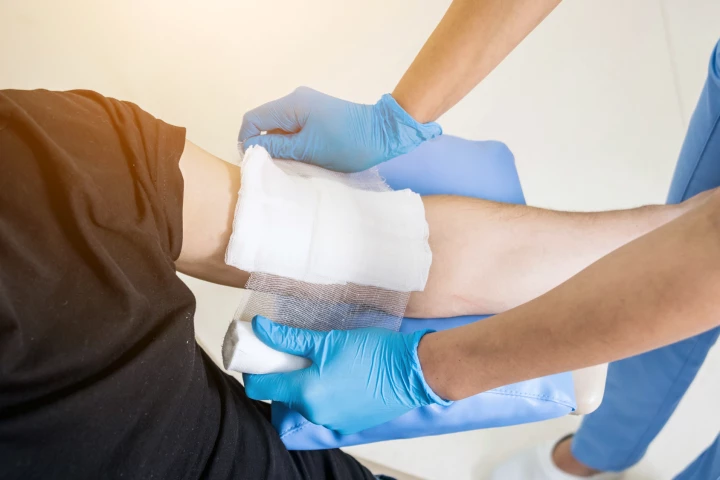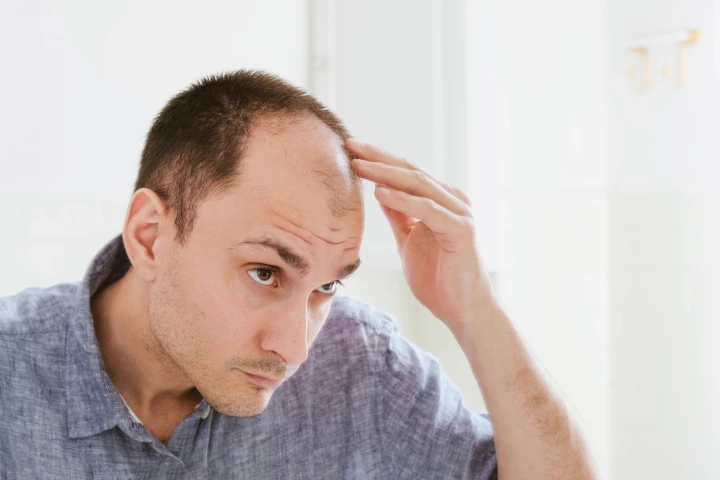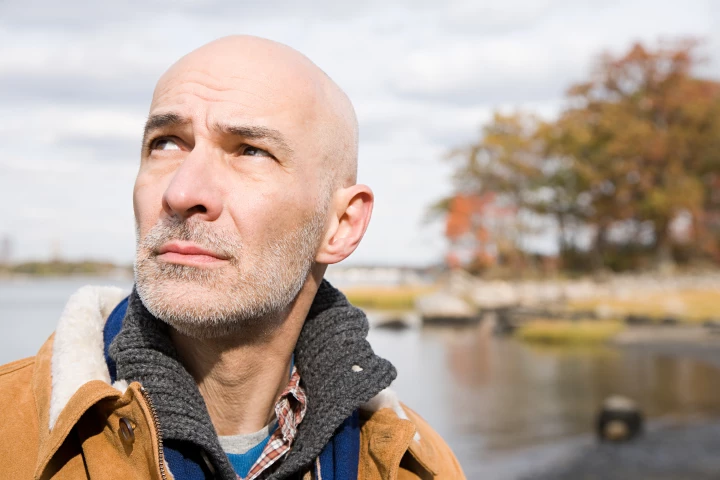Hair
-
Your next favorite true crime podcast might have some new forensics jargon to make sense of. Researchers in Australia have developed a new way to identify humans – similar to how we do with DNA – that could come in handy while investigating crimes.
-
A surprising trigger for hair regrowth may lie in the body’s fat cells. Researchers have shown that mild skin irritation can trigger fat cells to go into panic mode, sending signals to dormant follicles that can fuel new hair growth within weeks.
-
A new oral drug may become the first prescription pill specifically designed to regrow hair in both women and men – and without the cardiac risks. Currently in Phase 3 trials, it could be the first new treatment for pattern hair loss in nearly 30 years
-
While the topical application of minoxidil is one of the most effective and popular ways to combat male pattern baldness, it is poorly absorbed by the skin. Looking to improve its efficacy, researchers have turned to an unlikely but very sweet ally.
-
Hair care may be turning your bathroom into a hazardous emissions zone, as scientists find that 10-20 minutes of styling with common products and tools resulted in 10 billion ultrafine particles being inhaled and able to cross into the bloodstream.
-
Would you use a toothpaste made from human hair if it promised to protect, repair, and reduce pain in your teeth better than anything on the market? That might be a question you'll have to contend with one day, based on new research out of London.
-
When the skin is injured, a stem cell’s survival instincts kick in. New research reveals that a simple amino acid, serine, helps push stem cells to abandon hair growth in favor of wound healing, opening the door to new therapies for chronic wounds.
-
We're one step closer to that elusive goal preventing hair loss and enabling new growth, as scientists identify the crucial role that one all-important protein has in protecting the hard-working cells on the production line.
-
As the new year arrives, many will consider going on a diet to shed holiday weight. One popular approach might be intermittent fasting, but a new study says you might want to think twice if having a full head of hair is important to you.
-
In good news for nearly half the world's men, scientists have found that a naturally occurring sugar in humans and animals can be harnessed as a an effective topical gel for baldness. It sets it up as an inexpensive and safer alternative to minoxidil.
-
A surprise result in a lab experiment has led to the discovery of an ancient biological stress pathway that triggers cells to stop making what's needed to grow hair. Blocking this process could protect follicles from this process and prevent hair loss.
-
Scientists at Harvard have developed a promising new treatment to reverse hair loss associated with alopecia. Painless microneedle patches loaded with an immune regulating drug regrew hair in mice with alopecia within a few weeks.
Load More



